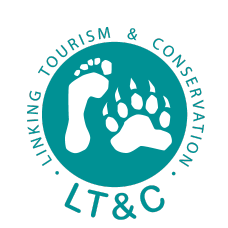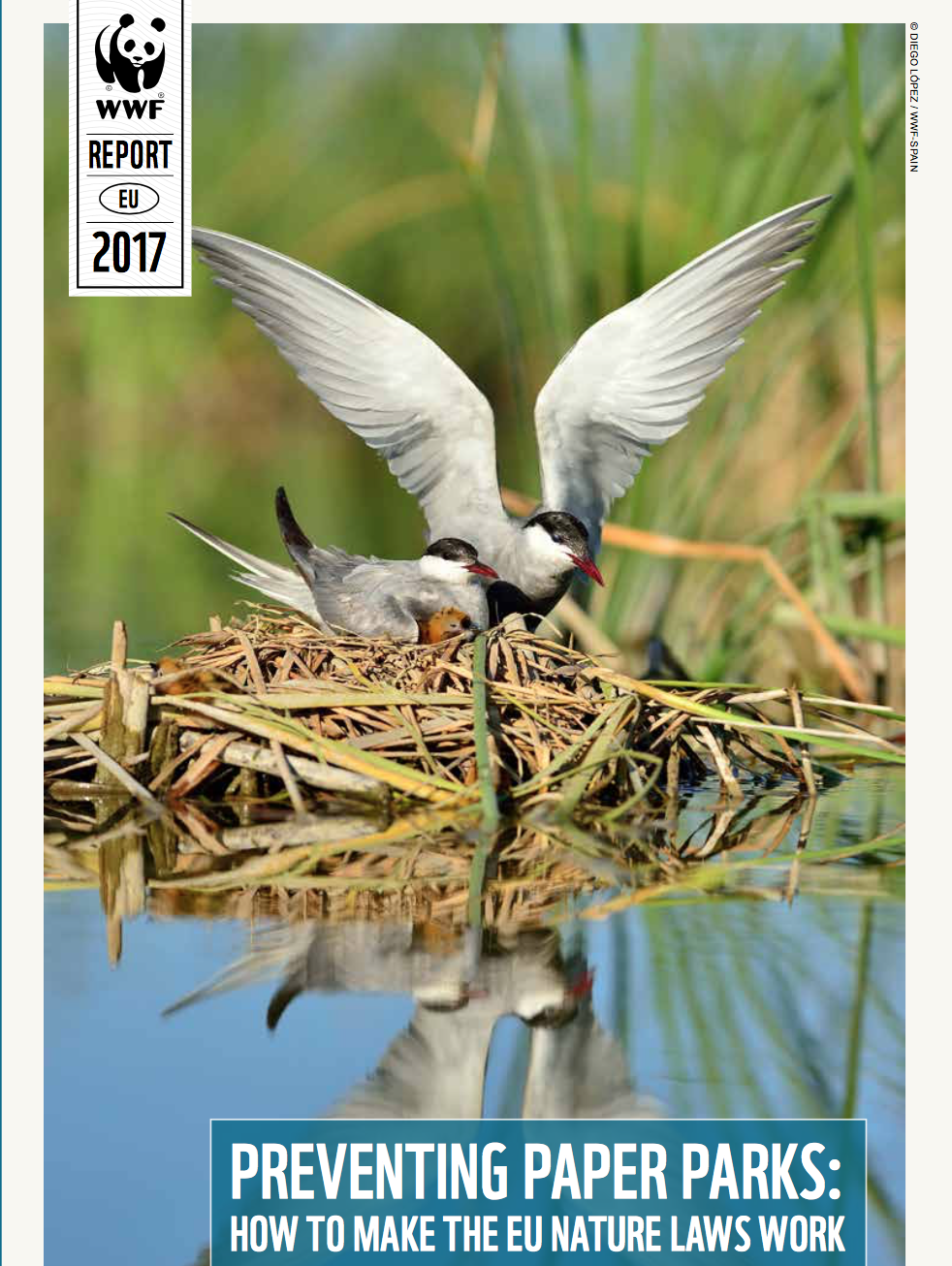
Over the last 30 years, the EU has made signifcant progress in protecting nature, reducing air and water pollution,
and tackling global challenges such as climate change and biodiversity loss, says Geneviève Pons-Deladrière, Director, WWF European Policy Office (EPO).
The WWF 2017 EU Report PREVENTING PAPER PARKS: HOW TO MAKE THE EU NATURE LAWS WORK states that the Nature Directives establish a conservation framework that allows sustainable development while aiming for the effective protection of rare or threatened species across their natural range. This has led to the designation of the largest network of protected areas in the world – the Natura 2000 network – which currently covers 18 per cent of Europe’s land and around 6 per cent of its seas.
The EU Birds and Habitats Directives have played a major role in ensuring that some of the most valuable and endangered habitats and species in Europe are preserved, the WWF-reports says. Iconic species such as the wolf, the brown bear, the white-tailed eagle and the loggerhead turtle, which used to be widespread in Europe but were driven to the edge of extinction, are now slowly recovering.
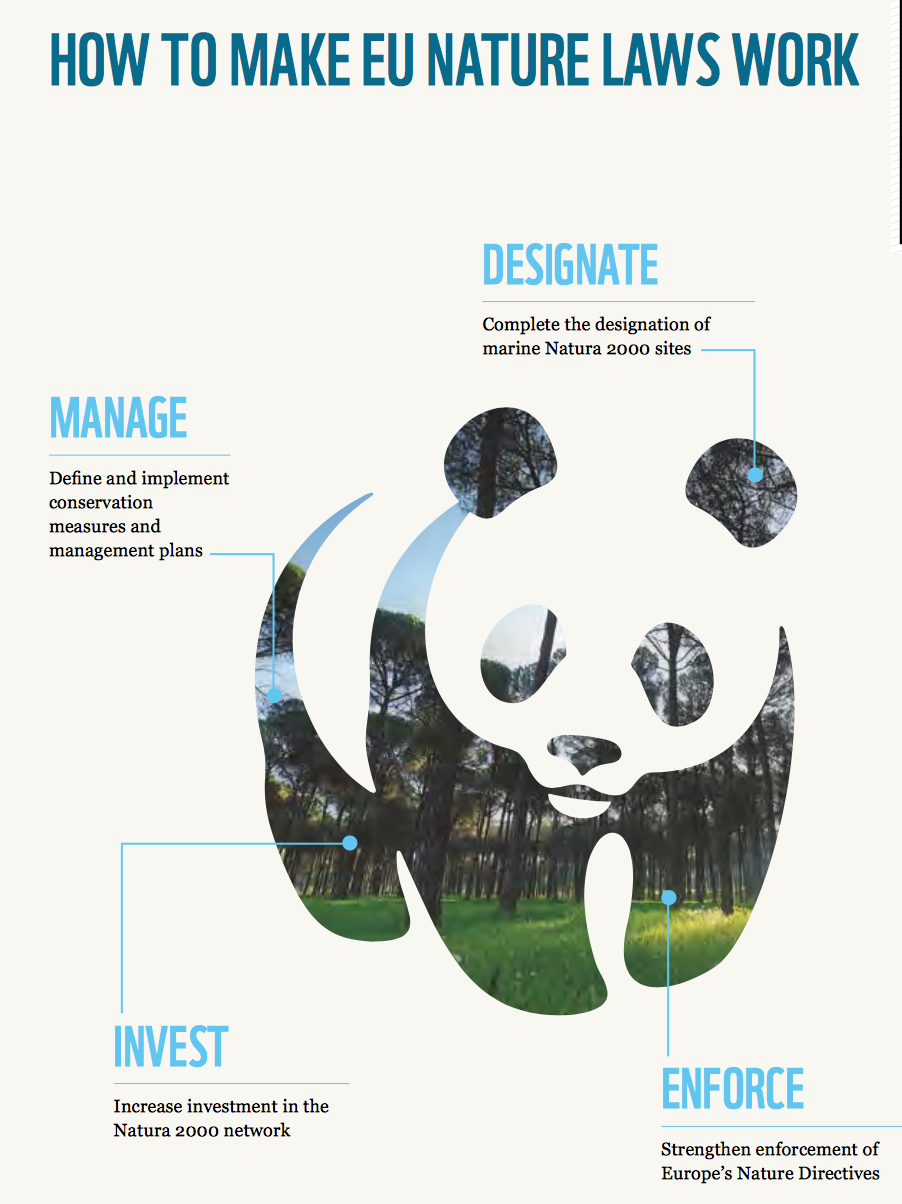 Despite their success, the EU nature laws are far from living up to their full potential, mainly due to lack of implementation and adequate funding at national level, WWF says and continuous: The time has now come to ensure that the directives actually work on the ground, guaranteeing full and e ective protection of some of Europe’s most precious sites. With this report, WWF has gathered good and bad examples of nature protection from all over Europe, illustrating what “better implementation” really means and how effective conservation can bring value not just for the environment, but also for local communities and the economy.
Despite their success, the EU nature laws are far from living up to their full potential, mainly due to lack of implementation and adequate funding at national level, WWF says and continuous: The time has now come to ensure that the directives actually work on the ground, guaranteeing full and e ective protection of some of Europe’s most precious sites. With this report, WWF has gathered good and bad examples of nature protection from all over Europe, illustrating what “better implementation” really means and how effective conservation can bring value not just for the environment, but also for local communities and the economy.
The report not only provides a comprehensive description of the EU nature laws, but also makes concrete recommmendations under 4 different topics what is needed to complete a well-managed European protected area network and not leave it to paper parks:
1. Completing the designation of marine sites
In line with the target of the Convention on Biological Diversity (CBD), to effectively protect at least 10% of coastal and marine areas by 2020, the present coverage of 6% of EU’s marine territory needs to be increased to at least 10%. However, based on scientific advice, WWF wants to see coverage increased to 30% by 2030.
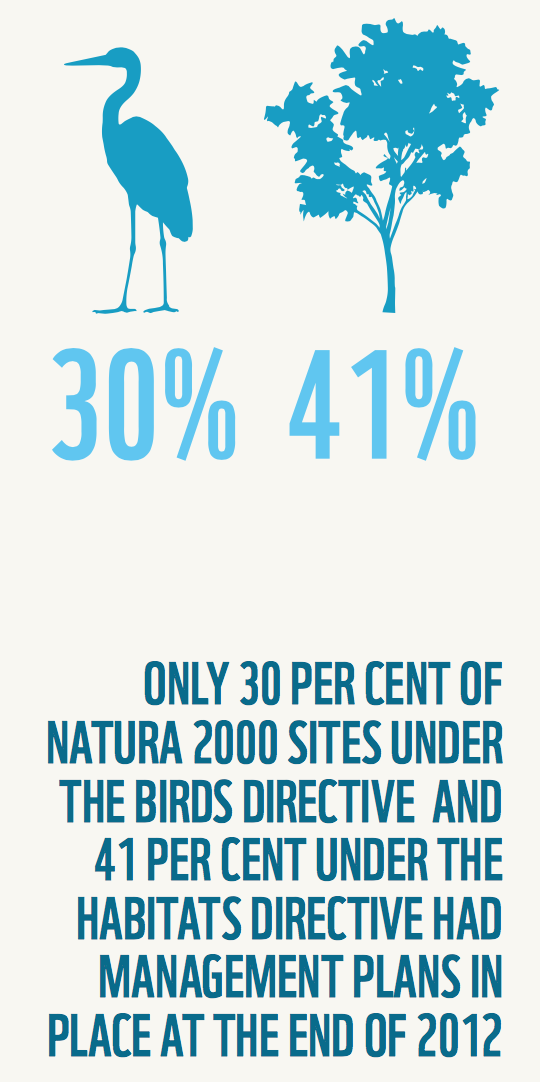 2. Developing conservation measures and management plans for all Natura 2000 sites
2. Developing conservation measures and management plans for all Natura 2000 sites
Every Natura 2000 site must have de ned conservation measures, and management plans are the most important tool for Member States to set these out. However, only 30% of the Natura 2000 sites under the Birds Directive (SPAs) and 41% of the Natura 2000 sites under the Habitats Directive (SCIs) had management plans in place at the end of 2012. And WWF says: If the Natura 2000 network is to consist of more than just “paper parks”, Member States need to step up efforts to de ne and implement conservation measures.
3. Increasing investment in Natura 2000
WWF states that it is estimated that a minimum of €5.8 billion per year is needed to manage and restore the Natura 2000 network in a way which would release its full potential for nature and people. These investments are greatly outweighed by the bene ts, which are estimated at €200-300 billion a year. There are 1.2–2.2 billion visitor days to Natura 2000 sites each year, generating recreational bene ts worth €5-9 billion annually. In Europe, around 4.4 million jobs are directly dependent on the maintenance of healthy ecosystems, a signi cant proportion of which are situated within Natura 2000 sites.
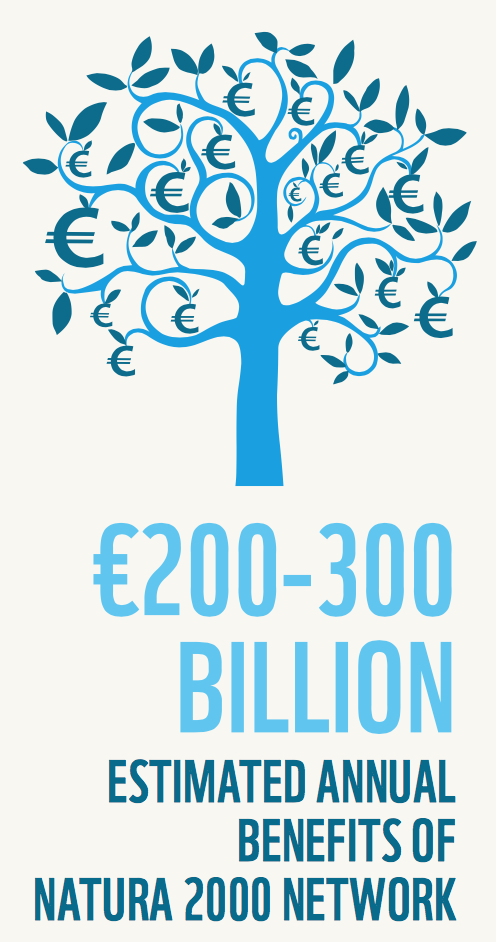 WWF sees an urgent need to better target existing funding streams, and close funding gaps for nature conservation and points to the huge benefit potential of €200-300 billion a year. And they make a point that public funding is also usually essential for incentive/compensation measures for landowners to secure appropriate management.
WWF sees an urgent need to better target existing funding streams, and close funding gaps for nature conservation and points to the huge benefit potential of €200-300 billion a year. And they make a point that public funding is also usually essential for incentive/compensation measures for landowners to secure appropriate management.
__________________________________________
What LT&C would add here is that focus should also be put on private funding from the tourism industry as tourism is in particularly benefiting from the Natura 2000 network and should be interested to help safeguarding the future of these valuable sites. See e.g. LT&C-Examples Wadden Sea, Svalbard and National Park Centre Königsstuhl. Other LT&C-Examples in Europe still need to be detected, described and learned from…
________________________________________________________
4. Improving enforcement
WWF points that reported breaches of nature-related EU law, including the Nature Directives, outnumber those in other environmental sectors, according to data provided by the European Commission for the period 1981 to 2016. And … the European Commission should be more pro-active in its enforcement role to ensure the Member States implement the Nature Directives properly.
The WWF-report provides a number of concrete examples of both, lacking implementation of the EU nature laws (“Sites of Concern”) and success stories:
SUCCESS STORIES
In their introduction to a number of success stories WWF says: Properly implemented, the EU Nature Directives have brought significant benefits. Not only has better protection allowed threatened species and other wildlife to recover, but it has also been beneficial for local people and the local economy – from promoting tourism to increasing fish stocks. Key ingredients for successful implementation… include involving stakeholders in the planning and management of Natura 2000 sites, sufficient financing and large-scale implementation of management measures, and ensuring that the protected area bene ts local people.
As one of the success stories, the
TIROLER LECHTAL IN AUSTRIA
provides a positive example of how the initial concerns of local stakeholders were turned into support for the Natura 2000 site. This was mainly because the regional management recognized the conservation area as a key factor in sustainable regional development and supported its aims by integrating it in the local development strategy.
WWF lists several reasons for this positive change (LT&C marks those in green, where tourism played a role):
- Regional management recognized the conservation area early as a key factor in sustainable regional development and supported its aims by integrating it in the regional development strategy.
- The Natura 2000 site and related regional development projects have been successful in obtaining funding from various programmes (LIFE, Interreg, LEADER, etc.).
- Well-coordinated outward communication has been essential, especially supported by the association Naturpark Tiroler Lech. Founded in 2006, the association serves as a large communication platform. Members include all municipalities within the Natura 2000 site, tourist and regional development associations, WWF, the agricultural administration of Reutte and the state government of Tyrol. The association links many important stakeholders/interest groups and ensures the objectives of the conservation area are communicated in a consistent and clear way to the public and other groups of interest. A website, an information centre and a marketing brand all help attract tourists and educate and inform the public.
- The Lechweg project, initiated in 2009, played a major role in the process – an easy- to-walk long-distance hiking trail along the river, from its source to the Lech falls. The trail soon became popular among tourists who appreciate the beauty and value of the conservation site, contributing to the development of the region. Around 27,000 people visited the conservation area in 2015 (including exhibition entries, guided tours and education), twice as many as in 2014.
- The appreciation of the Natura 2000 site by tourists has increased local people’s pride in the beauty of the river and its banks, and helped to develop a common identity. This has enhanced people’s identification with the conservation area, which is crucial to nature protection.
- Farmers are rewarded nancially for their role in maintaining the landscape through mowing and grazing of alpine pastures via the Austrian agro-environmental programme. This succeeded in turning around their initial fear into support for the conservation area.
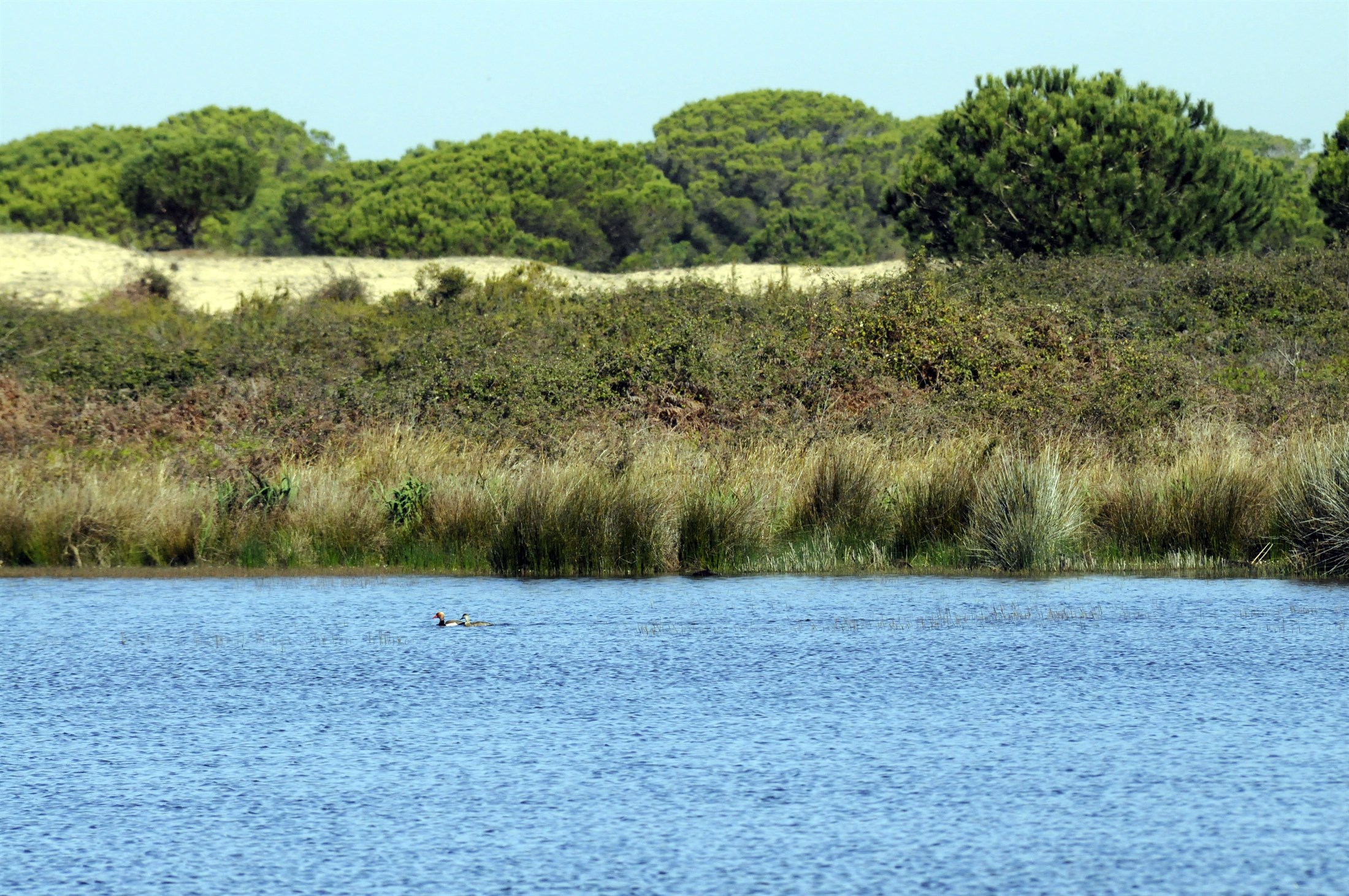
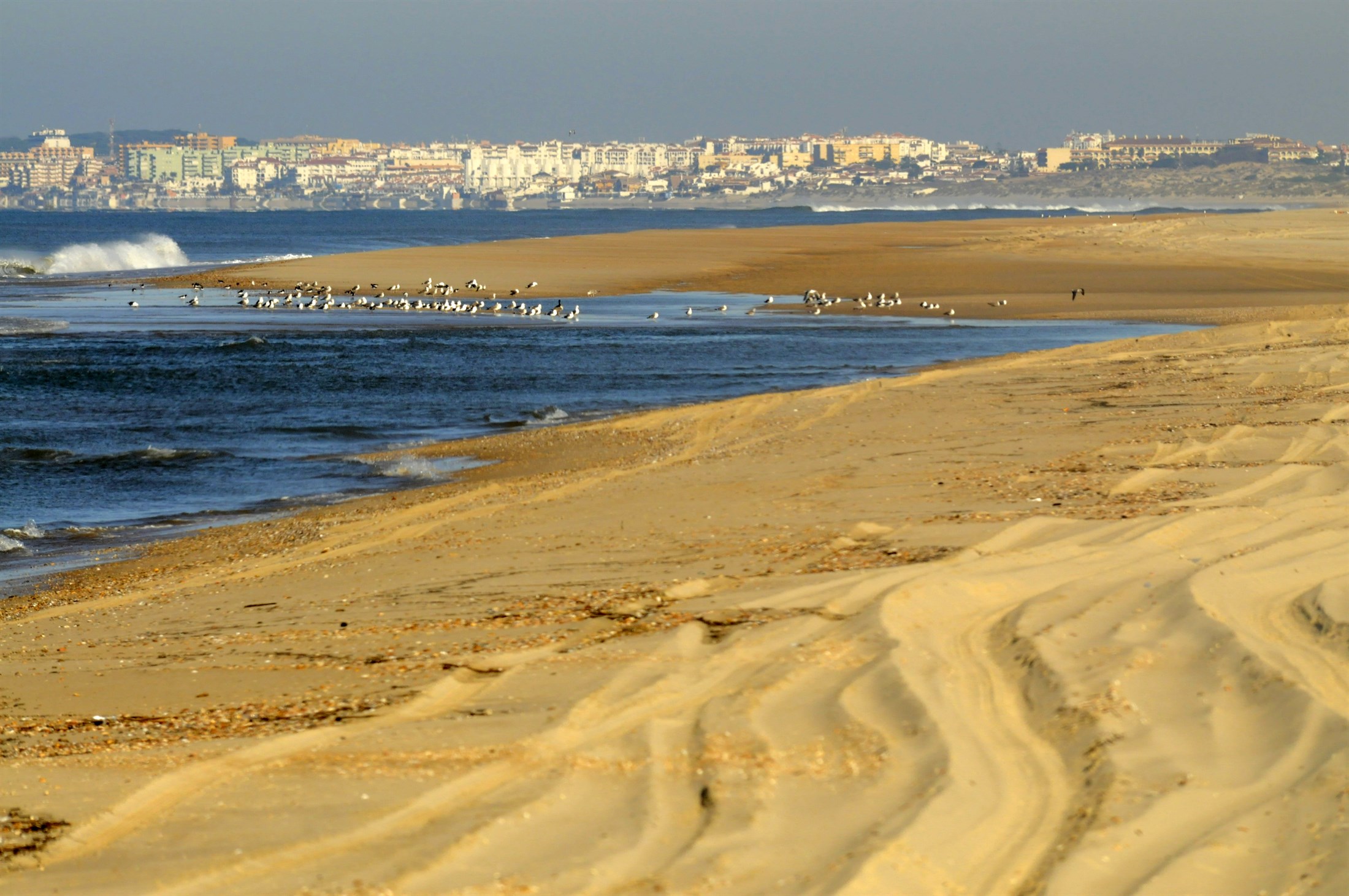
SITES OF CONCERN
WWF describes a number of different examples, “Sites of Concern”, where implementation of EU nature laws is lacking and where the European Commission should be more pro-active in its enforcement role to ensure the Member States implement the Nature Directives properly. When LT&C refers to just 2 of these sites, we like to emphasise that in the future tourism could play a more positive role here. Particularly our members should be encouraged to take initiatives bringing tourism into a role, which helps securing these valuable European nature sites:
DOÑANA IN DANGER: EUROPE’S MOST IMPORTANT WETLAND DRYING OUT?
Doñana is one of Europe’s most important wetlands, but planned deepening of the Guadalquivir River navigation channel threatens the wetland and the UNESCO World Heritage and Natura 2000 sites it encompasses 21. In March 2015, the European Commission issued Spain with a formal warning (called a “reasoned opinion”) that the environmental impact assessment process for this project had not taken into account the impacts on the Natura 2000 sites 22. The Commission should urgently conclude the infringement procedure and take Spain
to the European Court of Justice in order to protect Doñana. In addition, the Commission should urge the Spanish government to make a permanent commitment to cancel the project and not permit any future dredging to deepen the Guadalquivir.
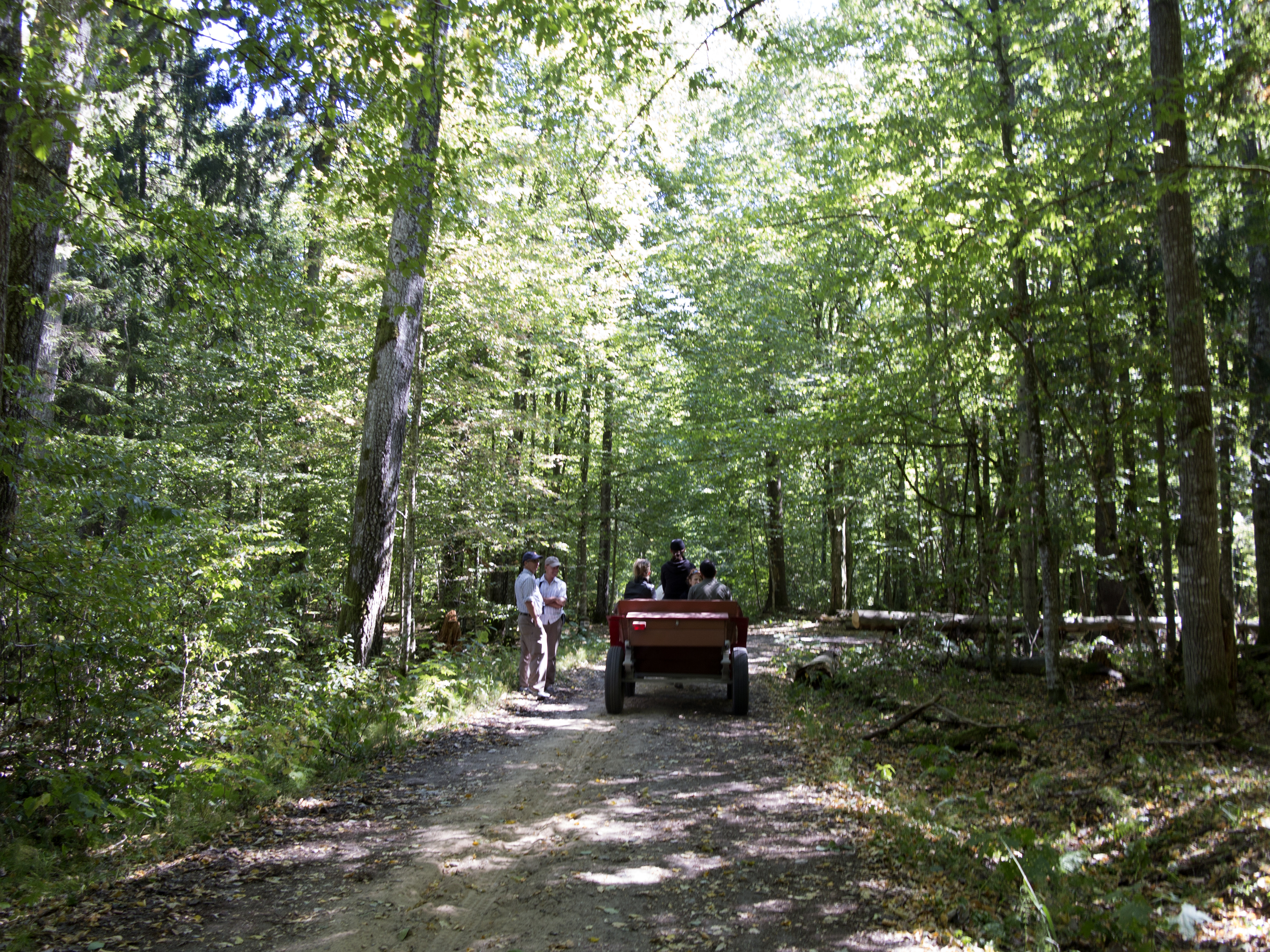
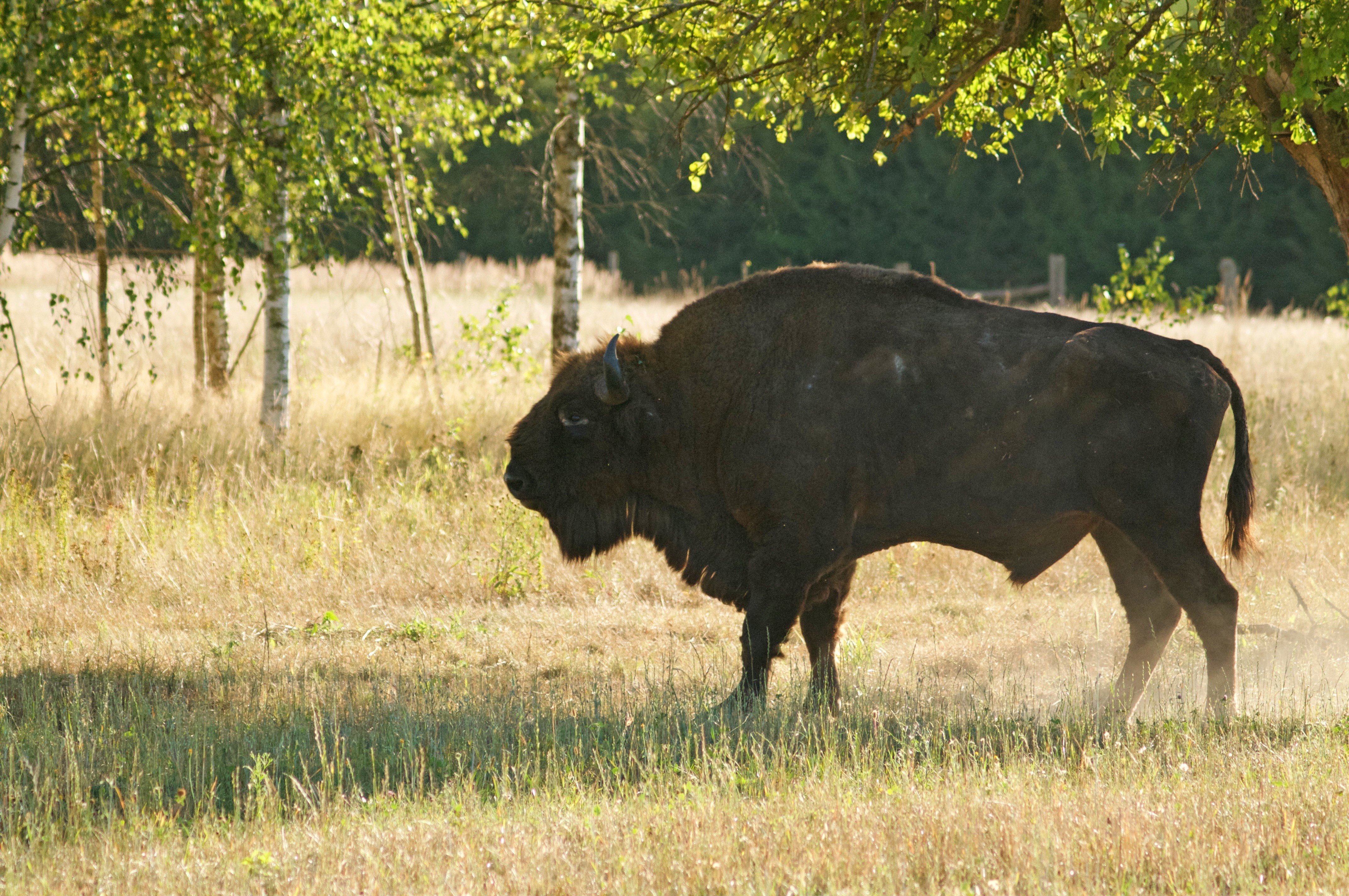
BIAŁOWIEŻA: LOGGING THREAT TO OLD-GROWTH FORESTS
Białowieża is the best preserved old-growth forest of the northern temperate zone in Europe. It has been designated as a Natura 2000 site and a UNESCO World Heritage Site, yet it is under threat. In March 2016, the Polish environment minister approved plans to triple logging in the Białowieża forest district – going back on an agreement reached in 2012 to limit logging to save
the most valuable species and habitats, while enabling small-scale felling to provide wood for local people. Seven Polish and international NGOs, including WWF, led a complaint with the European Commission, which responded by launching a formal infringement procedure on 16 June 2016. In order to prevent any irreversible damage to the site, the Commission should conclude this procedure quickly and take Poland to court if necessary.
LT&C recommends to download and read the full report: wwf_preventing_paper_parks_full_report
